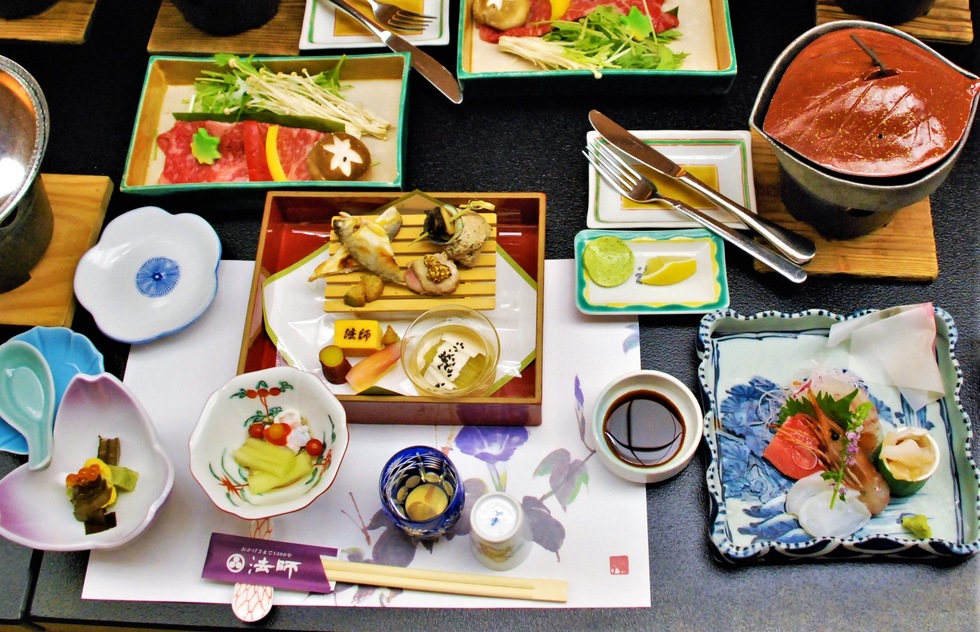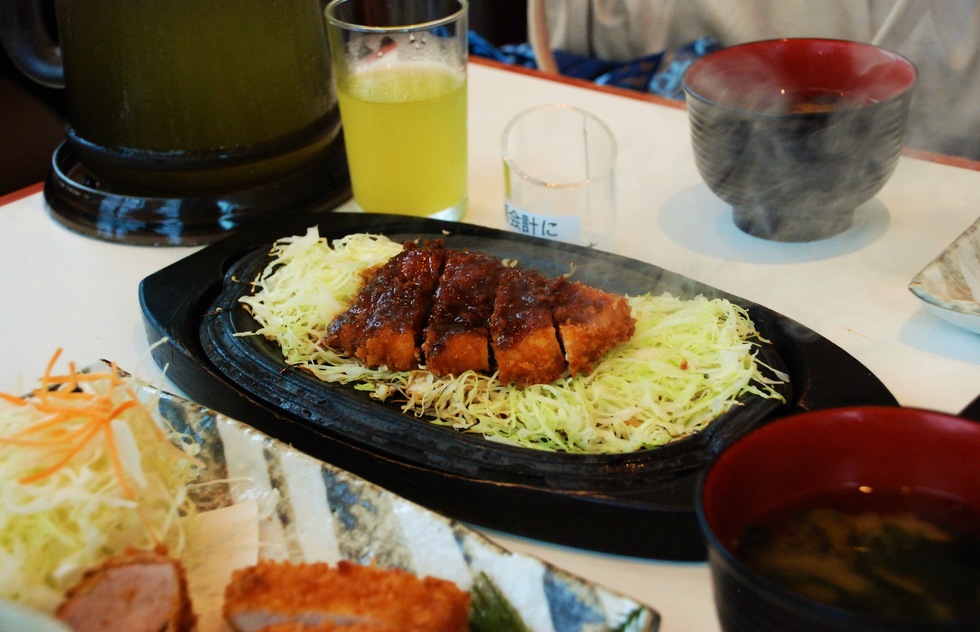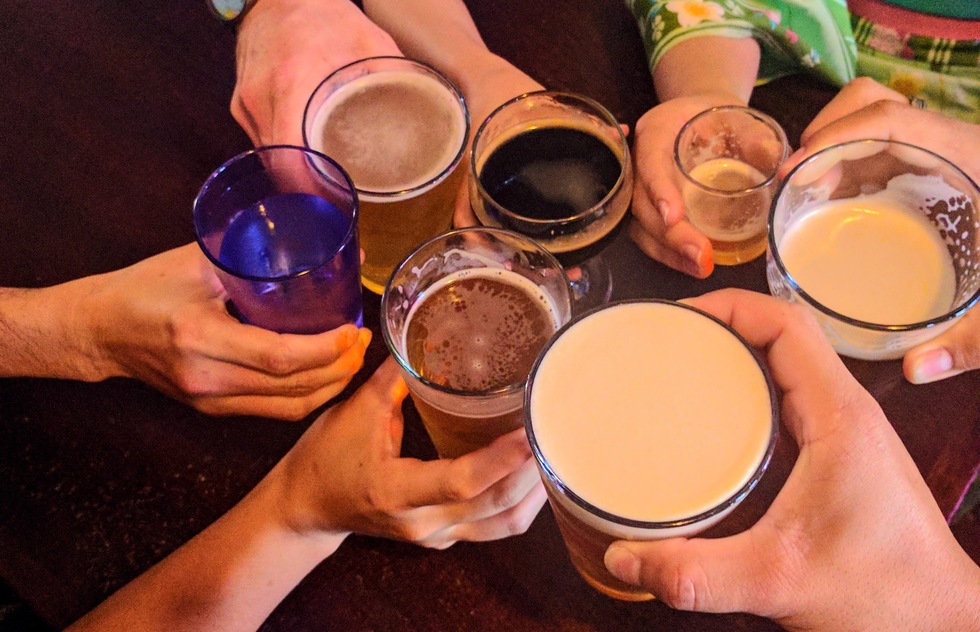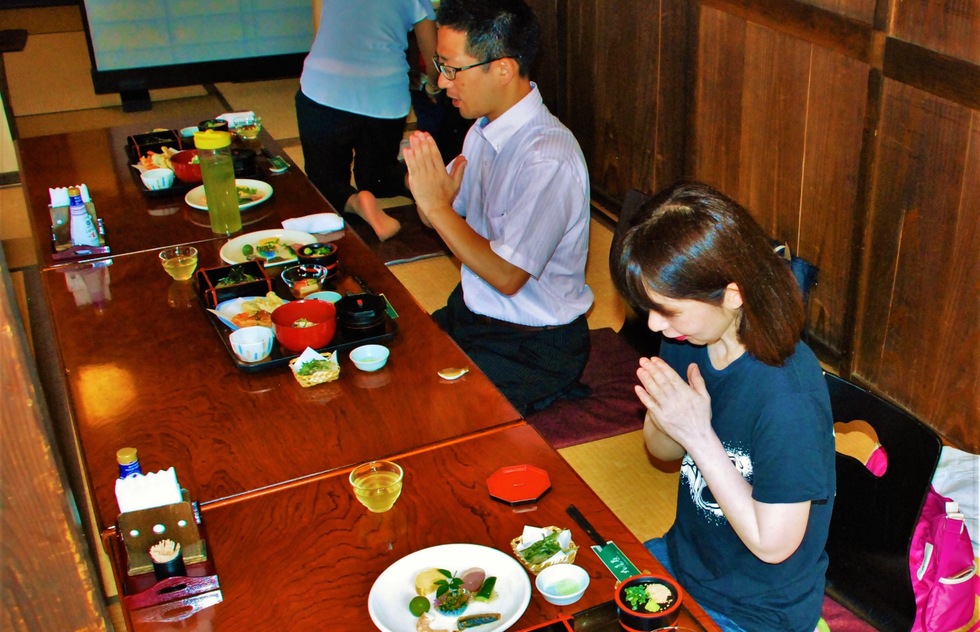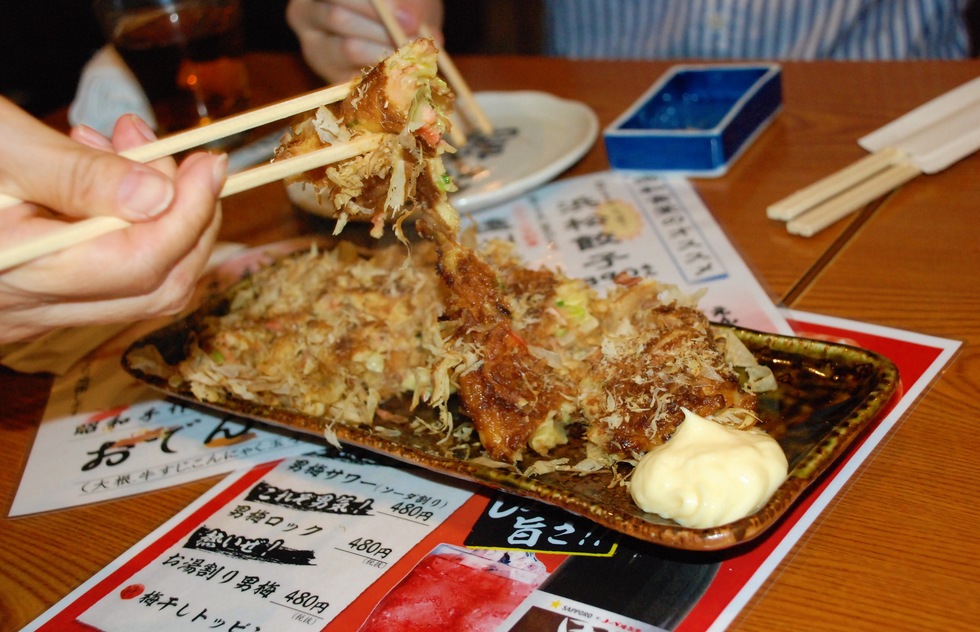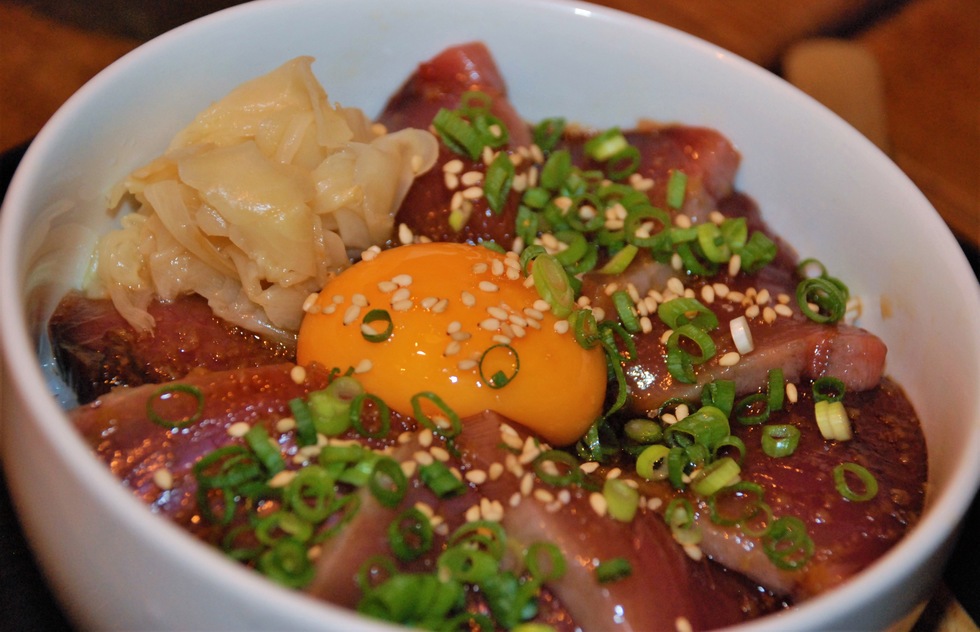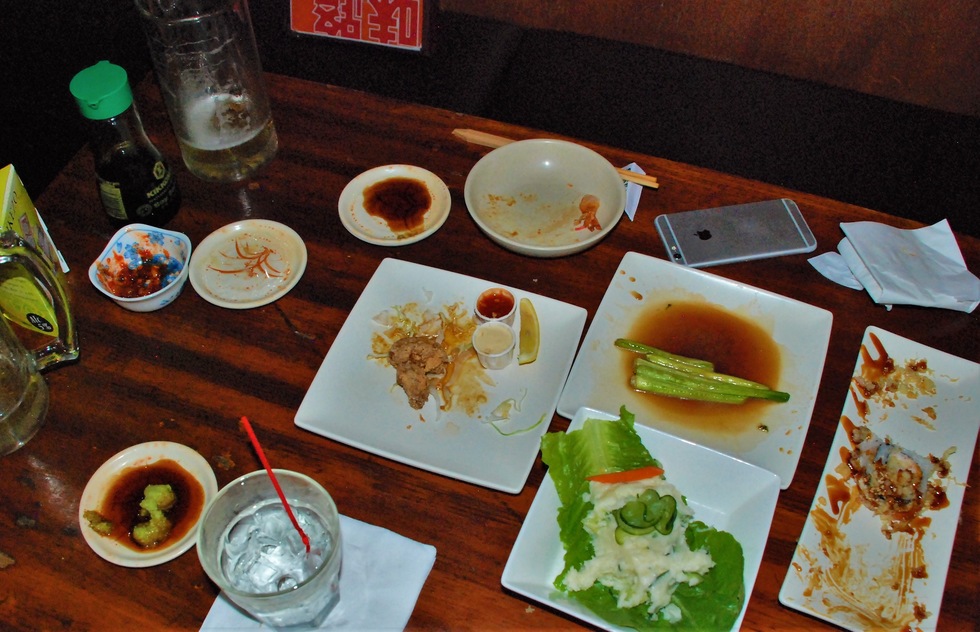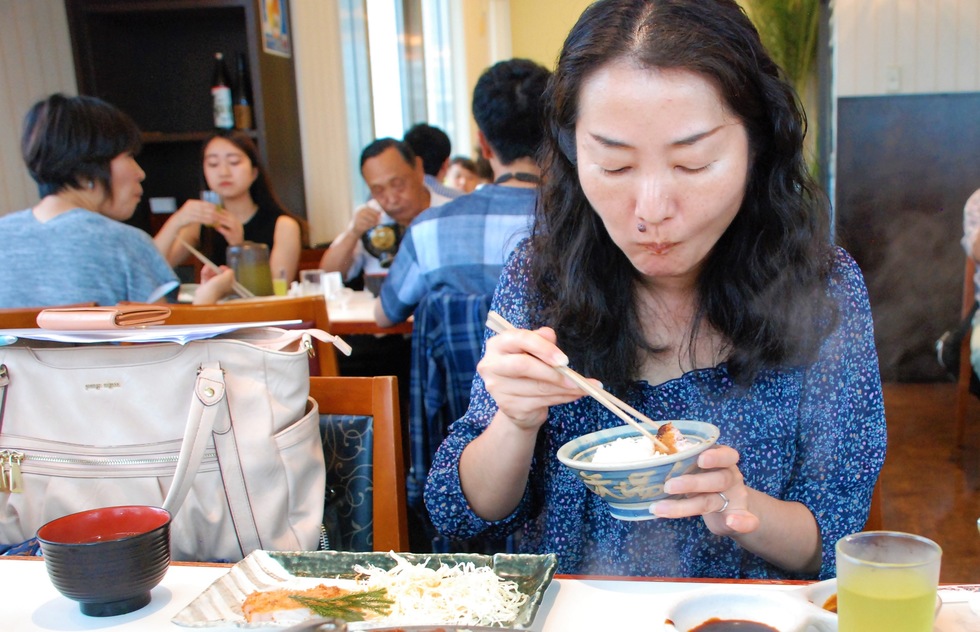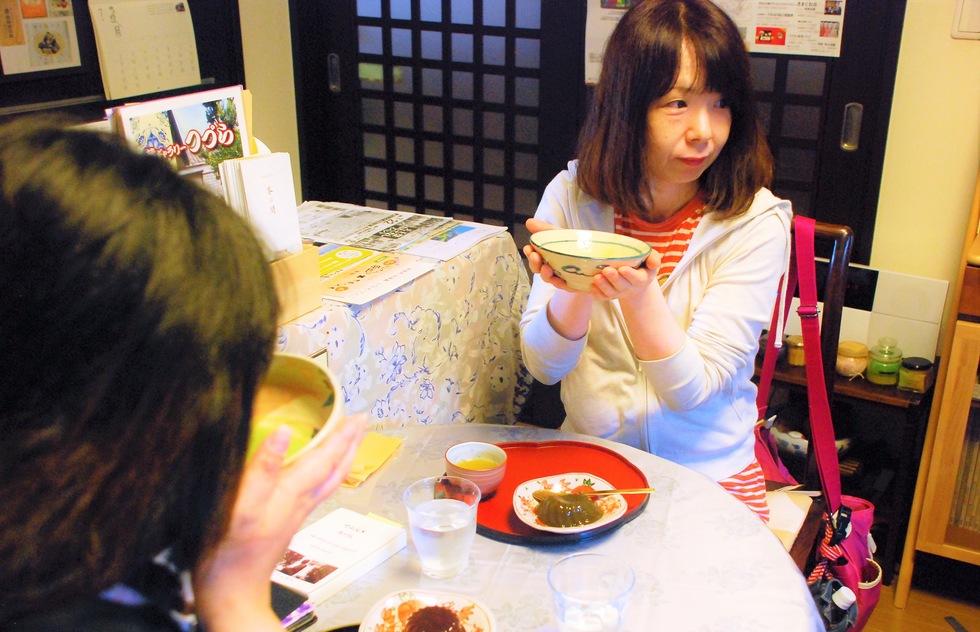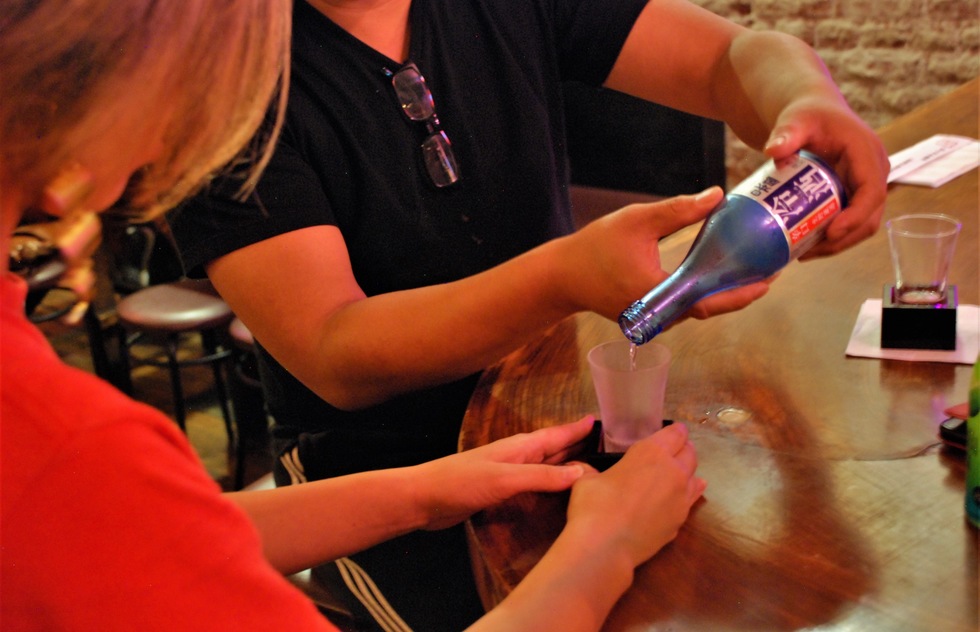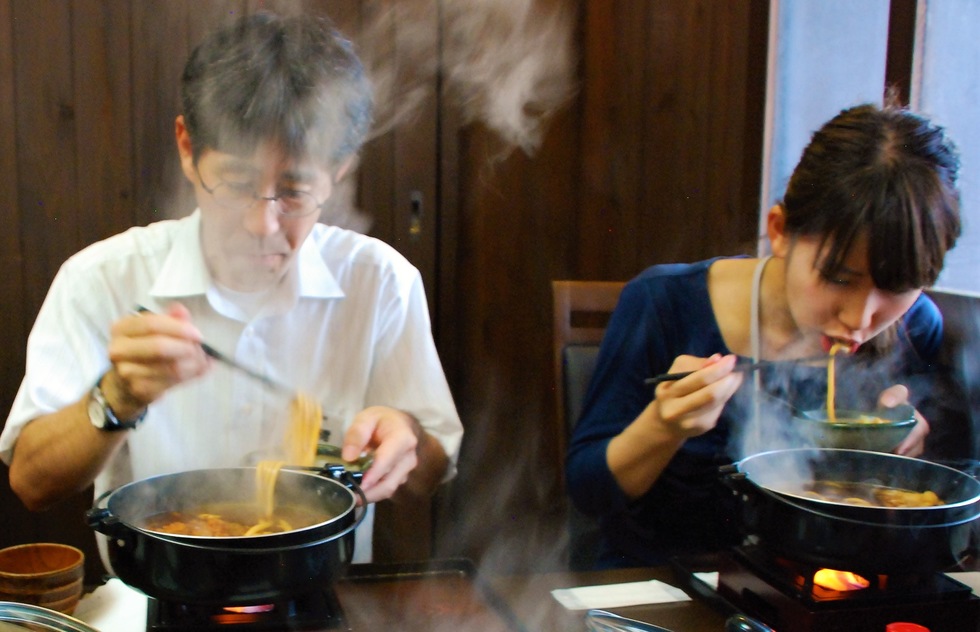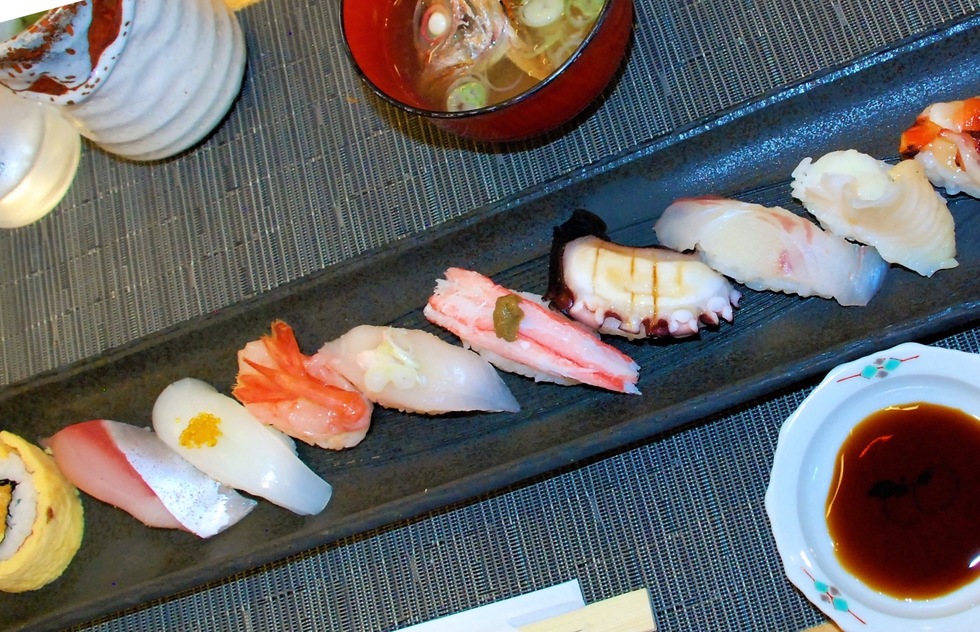10 Food Rules to Follow in Japan, Plus the Right Way to Eat Sushi
By
By Greg Beck
Have you ever felt intimidated to walk into a Japanese restaurant? With its rich and venerable food culture and emphasis on aesthetics and subtlety, the country has accumulated a large and detailed collection of dining customs. Food shows and documentaries only reinforce a sense of terrifying complexity. But fear not! All you need to learn the basics of table manners in Japan is somebody to tell you what not to do. Let this list serve as the Japanese parent you (might have) never had, teaching you what you need to know to enjoy with confidence one of the most highly revered food cultures on the planet.
DON’T: Wait for everyone to start eating
Unlike the norm in Western cultures, where you are expected to wait for everyone to be served, in Japan food is eaten as soon as it arrives. The Japanese language has several phrases for this: atsui uchi ni tabete (“Eat it while it’s hot”), Dozo O-saki ni (“Go right ahead”), and Meshiagarikudasai (the honorific form of “Please eat”). Traditionally, everyone would eat the same thing, using small torizara (sharing plates) to take a portion from communal dishes. This meant food was prepared with a lack of concern for timing. In modern times, when ordering separate meals, it would be considered polite to offer to wait, but if you’re the person waiting, the polite thing to do in turn is to tell the others at the table to go ahead and dive in.
DON’T: Drink before everyone else
Also contrary to Western culture, alcohol has a special social status in Japan. While it might seem natural to get a drink to enjoy at the bar or your table while waiting for others to arrive, in Japan, the Aisatsu (opening remarks) of congratulations or appreciation for the occasion are ended with a kanpai (toast), and the last thing you would want is to be caught drinking before the initial cheers. Even if you don’t drink alcohol, holding a glass of beer and pretending to drink by bringing it to your lips is considered proper etiquette.
DON’T: Dig in without saying grace
While not the same as saying grace in a Western religious sense, most Japanese people will bring their hands together, as in prayer, and say “Itadakimasu” (Pro tip: To pronounce it, remember “Eat a duck, I must”) before eating. This helpful word is simply the humble form of the verb “to receive” in Japanese. It acknowledges your gratefulness to the person serving, the cook, the Japanese Shinto Kami, or whichever god you may believe in. It is not unusual for someone to say the pre-meal word even when home alone, simply out of habit. Similarly, after you finish eating, the phrase “gochiso-sama” is uttered to express appreciation—it derives from gochisou, or feast, so it means "I've been feasted." Direct it at the host or restaurant staff to pay a compliment.
DON’T: Abuse your chopsticks
There are many taboos when it comes to chopstick etiquette in Japan. Some offenses may surprise you—even if you consider yourself a pro at your local sushi spot. Follow these basic rules to avoid looking like a barbarian:
- Rolling or scraping wooden (or even disposable) chopsticks against each other may be fine in other Asian countries, but it is considered genuinely rude in Japanese culture. If your chopsticks have splinters, ask for another pair.
- Leaving your chopsticks stuck in rice, as well as passing food from one pair of chopsticks to another, echoes steps of a Japanese funeral service. Doing so is not just rude, but it also may deeply offend someone or, worse, trigger their grief over a recent loss.
- Don’t use your chopsticks to drag, push, or otherwise move dishes. Use your hands—yes, your hands—instead.
DON’T: Use your hand as a safety net
Although using one hand to hold a bowl is permissible, holding your spare hand under your chopsticks while you transport food to your mouth is seen as unrefined. This is another oft-forgotten bit of Japanese etiquette, even by some Japanese Millennials. You probably won't get called out for breaking the rule, but table-manners hard-liners might think you're undignified. Refraining from holding out your empty hand will most likely go unnoticed and without praise. But if it's any consolation, your imaginary Japanese mother would be so proud.
DON’T: Grab that last piece without asking
Because sharing dishes is so common in Japan, you are expected to ask for the group’s permission before eating the last bit of something. The exception is when you personally divvy up a dish for everyone evenly. Sometimes, when more food arrives and nearly empty plates need to be cleared to make space, the process of who gets what is sped up or delegated by someone senior in the group (e.g. “You, take that piece”). Sometimes, the final remnant of a dish may lie there unclaimed. Called enryo-no-katamari, literally meaning "a lump of restraint," that last bite can be eaten or left behind, as you like.
DON’T: Fear silence
Japanese social mores allow for reticence. While meals can be used for business or social events, not every dinner needs to be full of productive conversation. An average meal is considered a time to relax and refuel. Especially at home, they are eaten in silence or with the television on. Even at a Japanese restaurant, if you spot a table of people eating in silence, you might assume something's wrong. It's much more likely they are taking a break and processing their thoughts from the day's excursions.
DON’T: Drink one-handed
In a tea ceremony, tradition dictates how to hold your bowl of matcha green tea—it’s always with both hands. Often this rule extends to other hot drinks, including coffee. The idea is that you can warm your hands and look more refined at the same time. You should also always hold your glass with two hands when listening to a speech and when someone offers to refill your drink.
DON’T: Pour for yourself
The general rule for refilling drinks is to always pour for someone else and never for yourself. When your own cup is empty, offering someone more—even when their cup is full—can be a polite, subtle indicator that you would like to be given more, too. When alcohol is involved, people may offer to pour for others as a way to reduce how much they themselves have to drink. Drinking culture in Japan dictates that subordinates should constantly keep watch and offer to refill their seniors’ cups, while in return, they offer to pour for you as a sign of gratitude for hard work. If you are offered a refill by your elder but your cup is full, the polite thing to do is quickly drink some of what you have to allow them to give you a little more, thereby accepting the kind gesture.
DO: Pick up your bowl and slurp your noodles (if you want to)
And now for a surprising DO. The rules are different in some neighboring Asian cultures, but in Japan, holding your sharing plate, rice, or soup bowl in one hand while you eat is absolutely acceptable. This brings it closer to your mouth to avoid spilling, or helps you get those last few grains of rice. Drinking broth directly from the bowl, especially with miso soup, is also common. Similarly, slurping your ramen, udon, soba, or other noodles directly into your mouth from the bowl is not just okay—it's common sense! The Japanese believe slurping helps cool the noodle and enhances the flavor by combining it with air. You don’t need to do this, nor should you slurp soup or broth without noodles, or when drinking directly from a bowl.
BONUS: A crash course on eating sushi correctly
- Using soy sauce: In Japan, a very small amount of soy sauce is added to a side dish. Then, using either your chopsticks or three fingers (thumb, index, and middle, to be precise), you pick the sushi up by the long sides and dab one corner of the fish side—not the rice side—in soy sauce to enhance the flavor. Do not soak.
- Ginger: Gari (pickled ginger) is both good for you and a great palate cleanser between bites. Don't treat it like an appetizer.
- Wasabi: In the U.S., go ahead and mix that wasabi into your soy sauce. But in Japan, the sushi chef may determine the proper amount of wasabi for the flavor of each individual piece. You could ask for an adjustment, but that could be taken as an insult—as if you know better than a master—and you might even be advised to select another place that matches your preferences.
The best way to enjoy any Japanese dish is not to be too hard on yourself. The Japanese people understand the complexity of their food culture and that you're new to it, and most of them would be shocked if you didn’t make at least some mistakes. Meshiagarikudasai!





